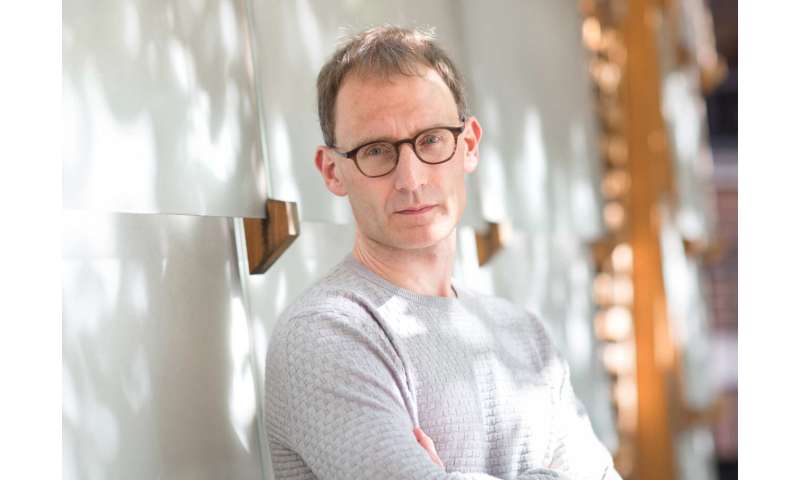

Imperial’s Professor Neil Ferguson says that the UK must keep coronavirus transmission suppressed by around 65% to control the pandemic.
Professor Ferguson—who has led Imperial’s COVID-19 Response team—gave evidence to the House of Lords Science and Technology Committee earlier today.
The Science and Technology Committee were speaking with UK academics to hear how modelling informed the UK’s response to COVID-19.
Speaking about what could happen to transmission as lockdowns start to ease, Professor Ferguson, who is Director of the Jameel Institute (J-IDEA) and the MRC Centre for Global Infectious Disease Analysis, said: “Going forward, what the models say is that we have limited room for manoeuvre, that this is a highly transmissible pathogen.
“We’ve reduced transmission by about 80%, but to maintain control we need to keep that transmission suppressed by about 65% or so.
“So we have a little bit of wiggle room, but it will be a learning experience as to how we allow society to resume while maintaining control of transmission.”
Professor Ferguson added that he expects transmission and numbers of cases to remain “relatively flat” between now and September—but after that it remains “very unclear”.
He said: “I suspect though, under any scenario that levels of transmission and numbers of cases will remain relatively flat between now and September, short of very big policy changes or behaviour changes in the community,”
Professor Ferguson also explained that transmission from Spain and Italy in late February and early March meant the epidemic was further ahead than modellers anticipated.
Reducing transmission
Asked about what could be done in the future, Professor Ferguson said that reducing transmission in closed institutions like hospitals and care homes could help further reduce the wider rate of transmission.
Professor Ferguson said: “The infections in care homes and hospitals spilled back into the community, more commonly from the people who work in those institutions.
“So if you can drive the infection rates low in those institutional settings, you drive the infection lower in the community as a whole.”
The Science and Technology Committee heard evidence from Professor Ferguson, alongside epidemic modellers from other UK institutes including; University of Bristol’s Dr. Ellen Brooks Pollock, Professor Matt Kelling, from the University of Warwick and Dr. Adam Kucharski, from the London School of Hygiene and Tropical Medicine.
Clarifying inaccuracies
Professor Ferguson also clarified several inaccurate reports about the Imperial College COVID19 Response Team’s work:
- Professor Ferguson said that his team’s modelling code from Report 9 was written in C and not Fortran, as had been reported in some places
- Professor Ferguson explained that the forecast by Swedish scientists of more than 90,000 deaths in Sweden was not made using his team’s model and the Imperial team was not involved with its assumptions or input parameters.
- Professor Ferguson also said that his team had published the input files and scripts for Report 9 to allow others to reproduce the results.
Source: Read Full Article